
In a landmark conservation achievement for the Texas coast, a coalition of partners at the International Crane Foundation, The Conservation Fund, and the Coastal Bend Bays & Estuaries Program has secured permanent protection for more than 3,300 acres of high-priority wintering habitat for the federally endangered Whooping Crane, one of North America’s rarest and most endangered birds.

In a landmark conservation achievement for the Texas coast, a coalition of partners at the International Crane Foundation, The Conservation Fund, and the Coastal Bend Bays & Estuaries Program has secured permanent protection for more than 3,300 acres of high-priority wintering habitat for the federally endangered Whooping Crane, one of North America’s rarest and most endangered birds.

Stand up for endangered species, like the Whooping Crane, and submit your comment(s) on the proposed rule changes to the Endangered Species Act by 11:59 p.m. Eastern Time on December 22, 2025.
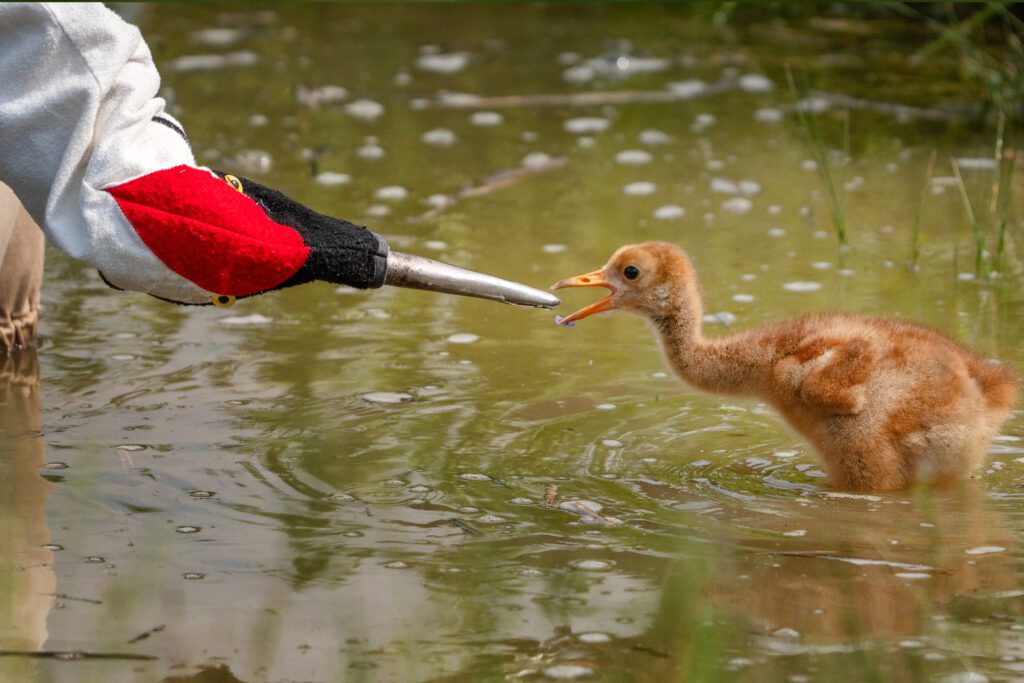
As we reflect on another amazing year of crane conservation, we are highlighting some of our favorite photos from the field.
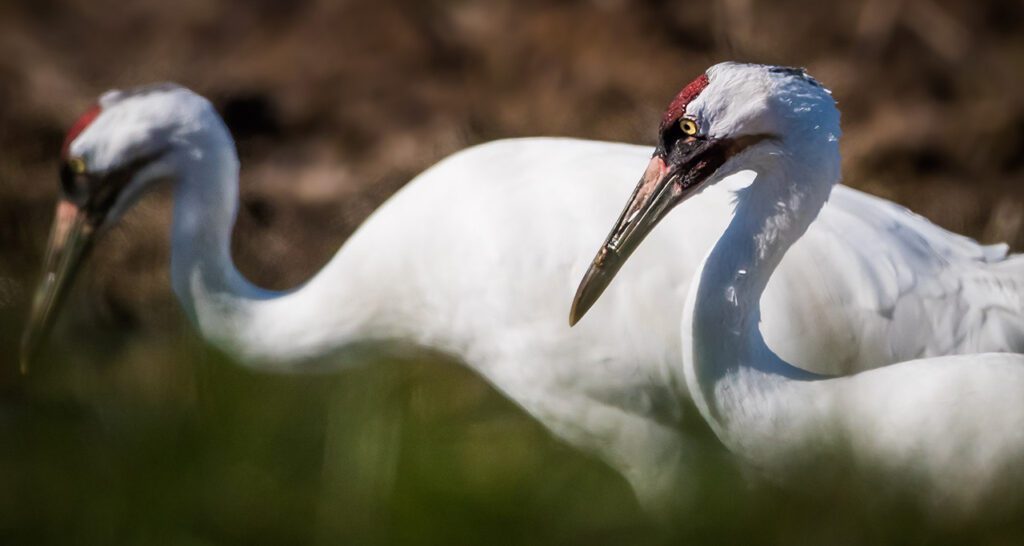
In November, most of the Whooping Cranes left Wisconsin on their southward migration!
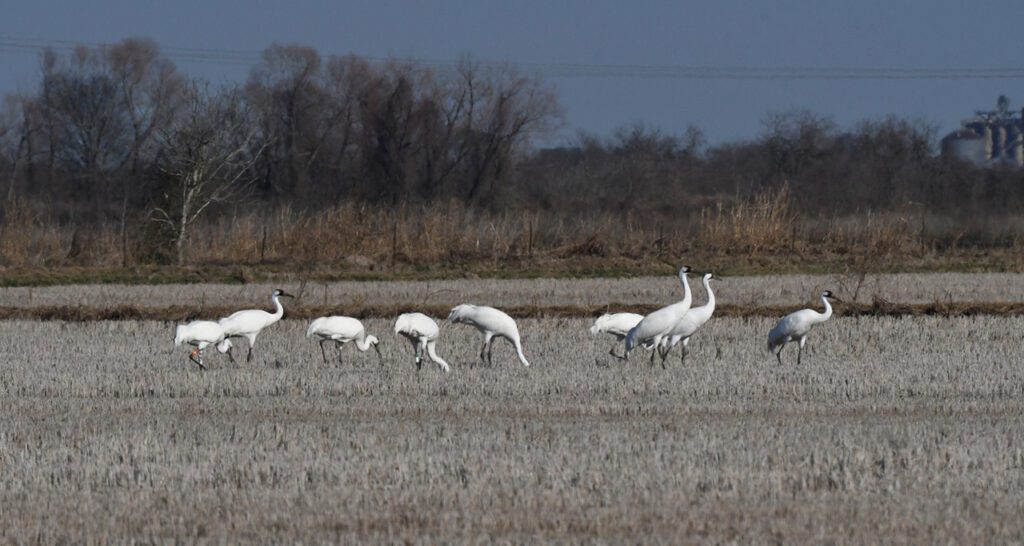
For over 70 years, scientists and conservationists have come to understand the habitat needs of the Aransas-Wood Buffalo Population of Whooping Cranes. However, Whooping Cranes continue to surprise us, and they are increasingly using habitat away from the coast.

During October, the captive-reared birds were released, and migration began!
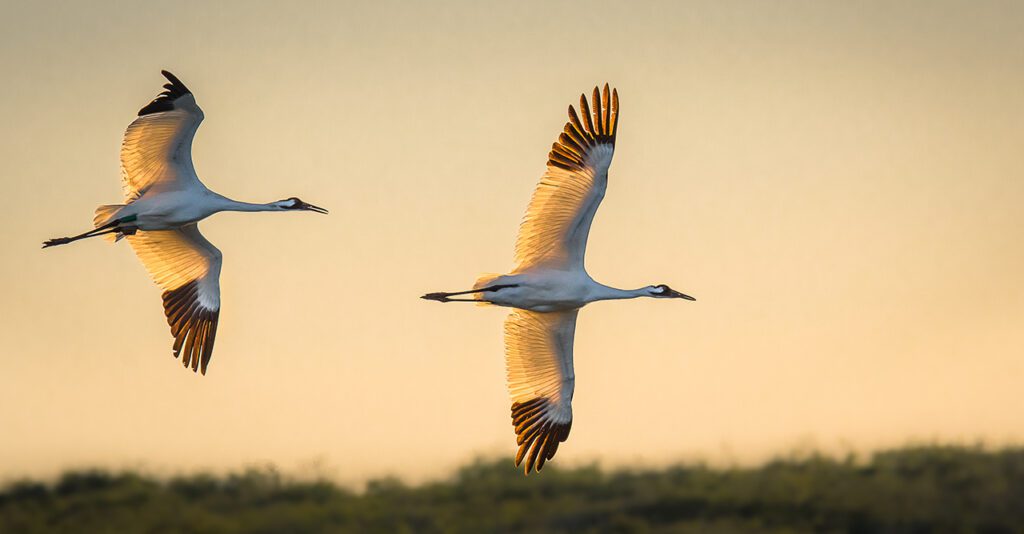
Our teams from Texas and Wisconsin collaborated to compile all available information on over-summering on the wintering grounds for the two current migratory Whooping Crane populations: the Aransas Wood Buffalo Population and the Eastern Migratory Population.
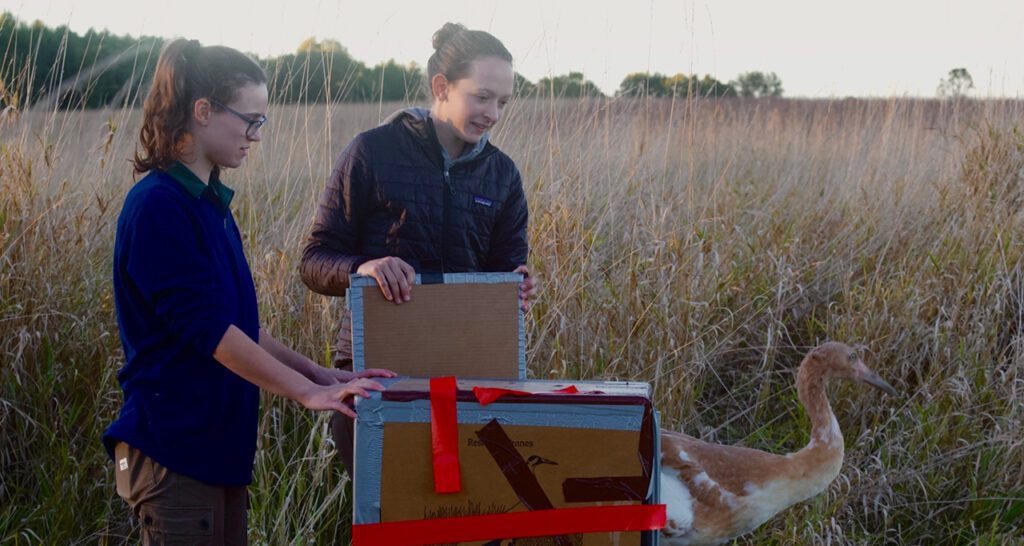
The latest edition of the International Crane Foundation’s Annual Report explores the conservation impact our members, donors, and supporters have contributed to throughout fiscal year 2025.
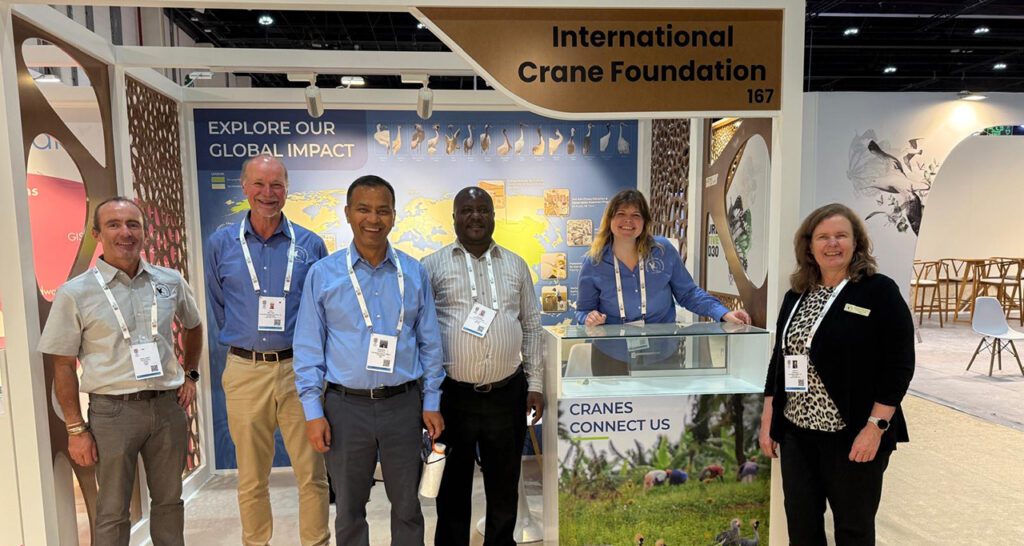
Today was the grand opening of the World Conservation Congress in Abu Dhabi, United Arab Emirates. The Congress is held once every four years and brings together 10,000 government leaders, indigenous community members, philanthropists, and conservation leaders from more than 150 countries worldwide.
No results found.
Adjust the filters and try again.